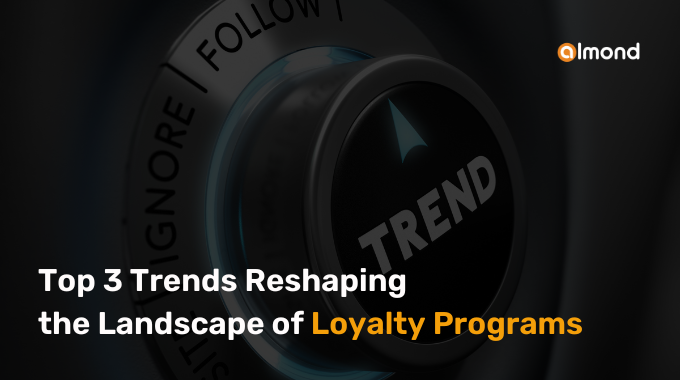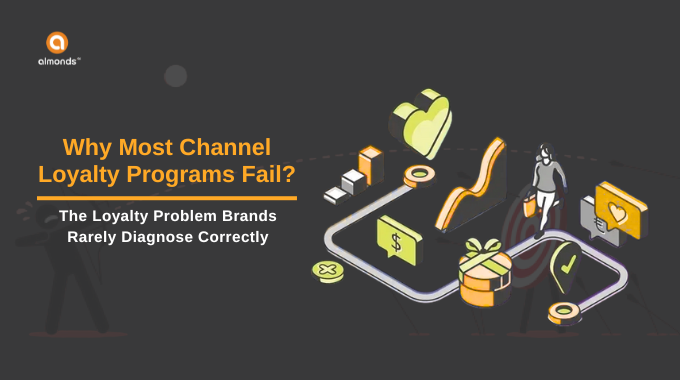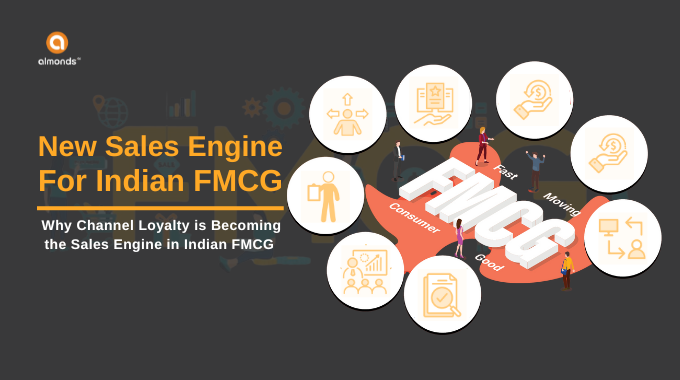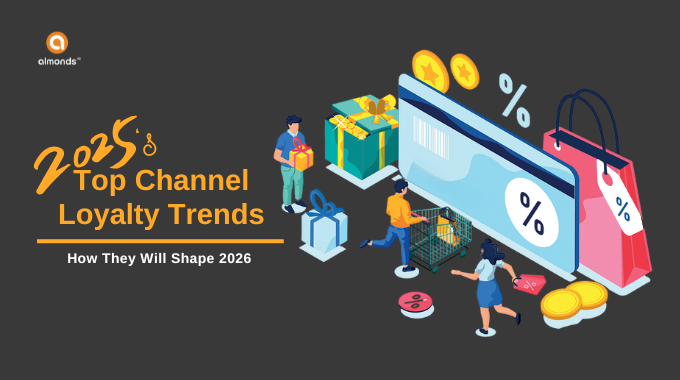In today’s fiercely competitive market, customer loyalty has become an essential aspect of any successful business. With a plethora of options available to customers, businesses must find ways to keep them engaged and satisfied. As a result, loyalty programs have emerged as an effective strategy for building channel partners and customer loyalty.
Loyalty programs have become a standard part of the channel partner and customer experience across multiple industries. With increasing competition and changing buyers’ behaviors, companies are exploring new ways to build and maintain customer loyalty.
However, like any industry, loyalty programs have evolved over time, and new trends have emerged. In recent years, we have seen several trends shaping the loyalty industry.
In this blog, you will learn about each of these trends and how they are impacting the loyalty industry.
Strategic Partnership Redefining Loyalty Platform Terrain
It is an effective way for businesses to increase the value of their loyalty programs, where one business partners up with another. It makes loyalty programs able to offer a wider range of rewards and benefits to customers, creating a more attractive program. This trend has gained momentum in recent years, with many businesses forming partnerships to offer more value to their customers.
First example of a strategic partnership is the partnership between American Express and Uber. In this partnership, American Express cardholders can earn reward points when they use their card to pay for their Uber rides. This partnership has proven to be successful, with both companies benefiting from increased exposure and customer engagement.
The other example is the partnership between Starbucks and Spotify. In this partnership, Starbucks Rewards members can earn reward points by listening to music on Spotify. This partnership has proven to be successful in driving customer engagement and loyalty, as well as increasing sales for both companies.
Card Linking to Simplify Redeem Rewards
It is another trend that is shaping the loyalty industry. It involves linking a customer’s payment card to a loyalty program to enable the automatic earning of rewards.
- This trend is driven by the desire to simplify the reward redemption process and increase channel partners engagement.
- It eliminates the need to enter loyalty program codes or scan receipts manually. Instead, rewards are automatically earned when the customer makes a qualifying purchase using their linked payment card.
- It saves time and effort for customers, making it more likely that they will continue to engage with the loyalty program.
Example: OpenTable’s dining rewards program allows customers to link their payment card to the program to automatically earn points when they dine at participating restaurants. It makes earning rewards easier for customers and encourages them to dine at participating restaurants more frequently.
Card linking can also benefit companies by providing them with valuable customer data.
- By tracking customers’ spending habits, companies can gain insights into customer preferences and tailor their loyalty programs accordingly. It can also be used for targeted marketing campaigns, further increasing engagement and loyalty.
Another Example of card linking is the partnership between Mastercard and Rakuten. In this partnership, Mastercard cardholders can link their card to their Rakuten account and earn reward points automatically when they make purchases at participating merchants. This partnership has proven to be successful in driving customer engagement and loyalty, as well as increasing sales for both companies.
Supporting ESG Causes to Increase Channel Partner Engagement
Supporting the ESG cause is a trend that is gaining momentum in loyalty platforms. ESG stands for environmental, social, and governance and refers to a company’s commitment to sustainability, ethical business practices, and corporate governance.
- It is driven by the growing demand for responsible business practices and the desire to align loyalty programs with these values.
- Many companies are incorporating ESG causes into their loyalty programs by allowing customers to donate rewards points to charitable organizations or support environmentally friendly initiatives.
- This approach provides customers with a way to make a positive impact while also increasing engagement with the customer loyalty program.
Example: Marriott’s Bonvoy loyalty program allows customers to donate points to various charitable organizations, such as the American Red Cross or UNICEF. This approach not only supports important causes but also aligns with Marriott’s commitment to sustainability and responsible business practices.
- Supporting ESG causes can also benefit companies by enhancing their reputation and attracting socially conscious customers.
- By demonstrating a commitment to responsible business practices, companies can differentiate themselves from competitors and build stronger relationships with customers who share these values.
Another example is the Toms’ Passport Rewards program. Toms is committed to supporting social causes, and this commitment is reflected in its loyalty program. Toms’ Passport Rewards members earn reward points when they make purchases, and a portion of their purchases goes towards supporting social causes.
| “While the bottom line of any company is to make a profit, it’s essential for them to contribute to society in order to increase their profitability.” |
Blog’s Diagnosis
The loyalty industry is constantly evolving, with new trends and approaches emerging to meet changing consumer demands. By partnering with other companies, offering seamless loyalty experiences, and supporting sustainability initiatives, businesses can attract and retain customers who are increasingly demanding more from the brands they choose to support. These practices incorporated into loyalty programs can enhance the customer experience, increase engagement, and drive long-term loyalty.







